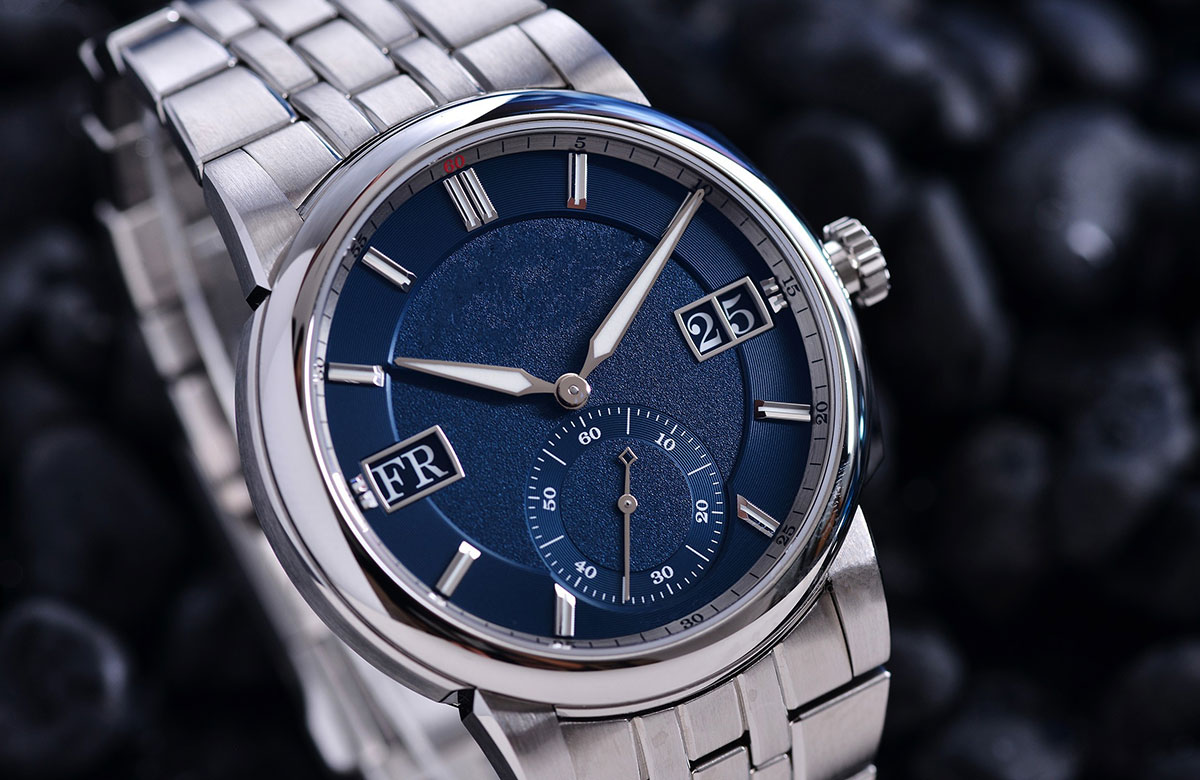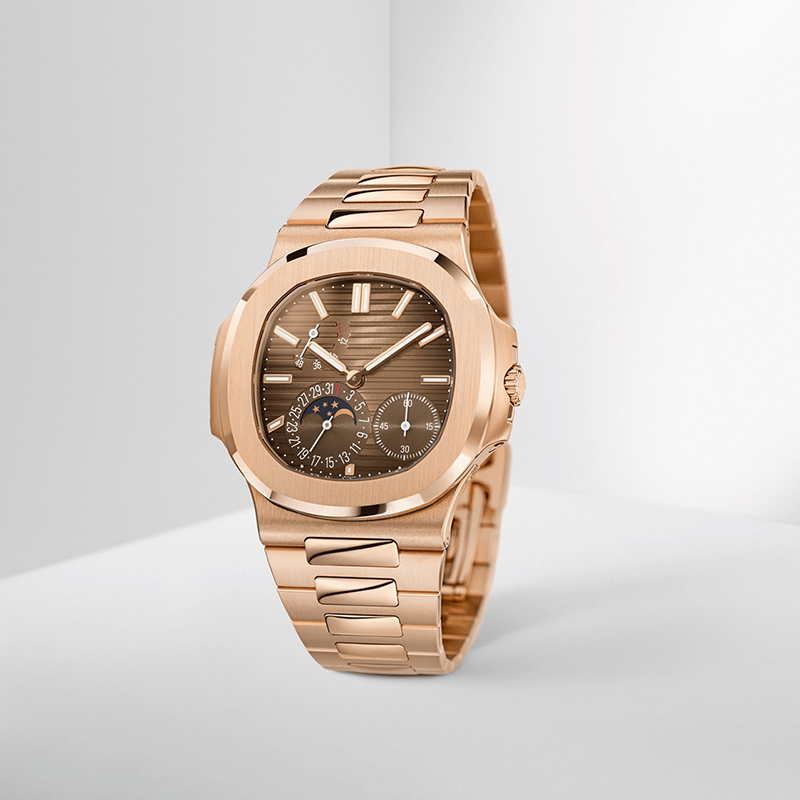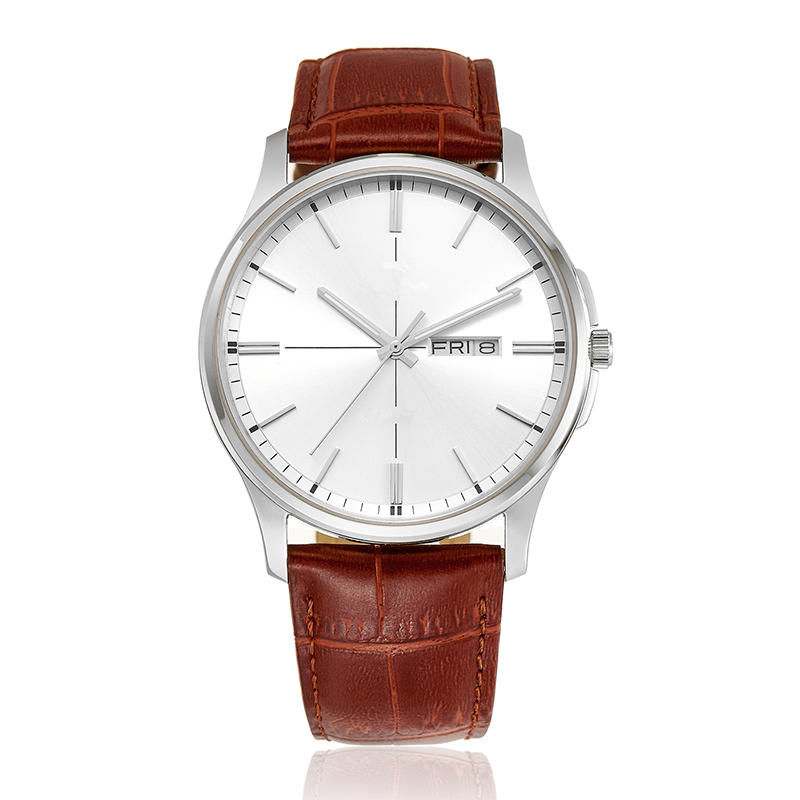The History of Watches
Since when did humans have the concept of "time"?
The ancestors of humanity first learned about the passage of time from tomorrow onwards. About six thousand years ago, the "bell" first appeared on the stage of human history: the sundial was born in the Kingdom of Babylon. The ancients used sundials to measure the length and orientation of the sun's shadow. Four thousand years ago, the invention of electric leakage allowed people to know the time of day and night. And the appearance of the clock was in the middle of the 13th century.
Early mechanical clocks appeared around 17:00 in northern and southern Italy, powered by counterweights and accompanied by a clock that sounded once an hour. In 1336, the first public clock was installed in a church in Milan. Over the next half century, clock towers were built in various European countries, as well as churches in France, Germany, and Italy.
Soon, the clockwork device was invented, and the clock became much smaller. In the first year, German locksmiths began making watches. That year, the production of watches seemed limited to the sidelines of locksmiths, until later on, when the demand for watches grew more and more accurate, and the skills of watches became more and more complex, leading to the emergence of professional watchmakers. In 1806, Napoleon's wife, Queen J. joffinen, was a watch specially prepared for princesses, which is currently the earliest known record of a watch. This is a watch that emphasizes decoration and is made into a bracelet. At that time, the man in Phoenix World was a pocket watch. In 1885, the German Navy agreed to use Swiss watches extensively,
















